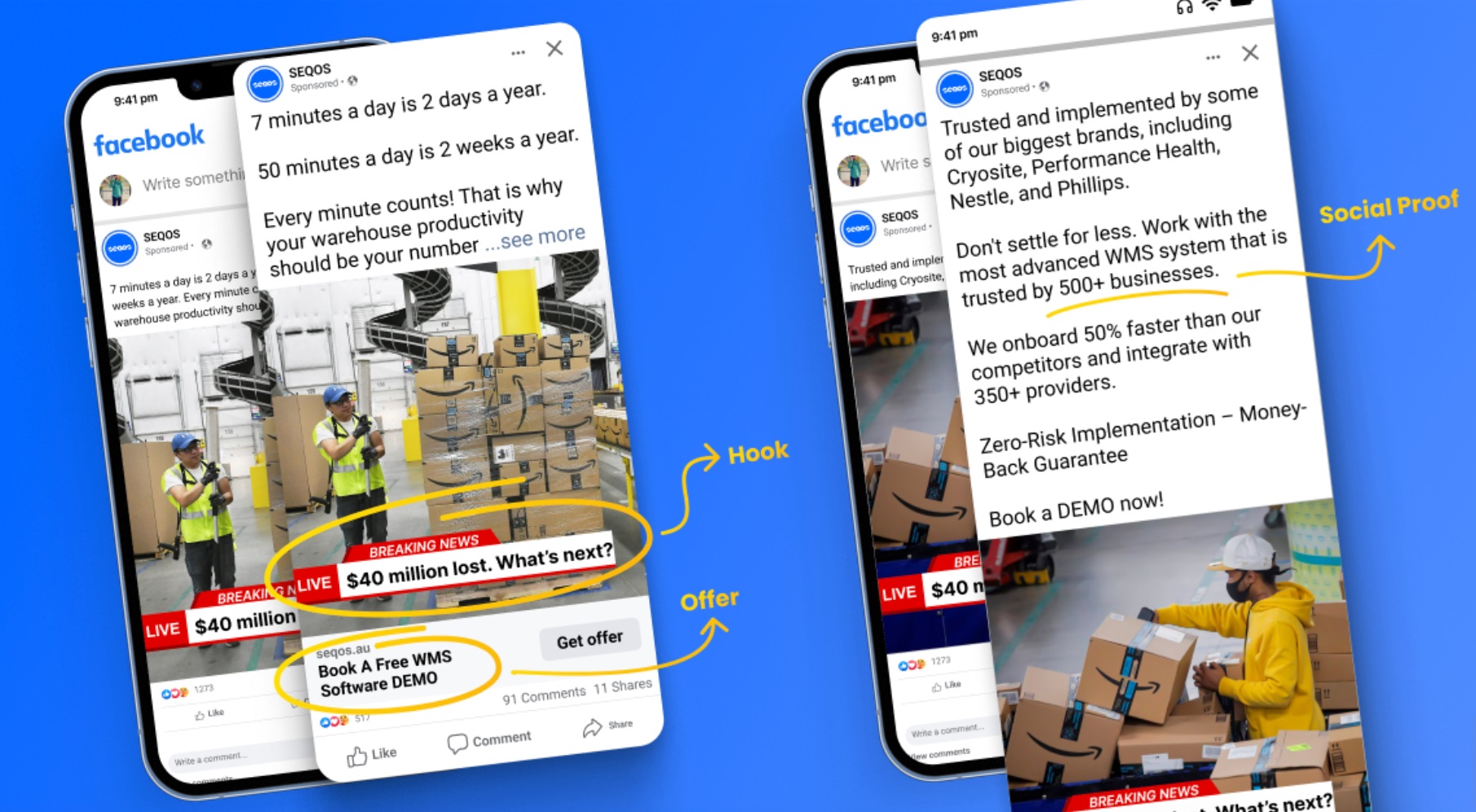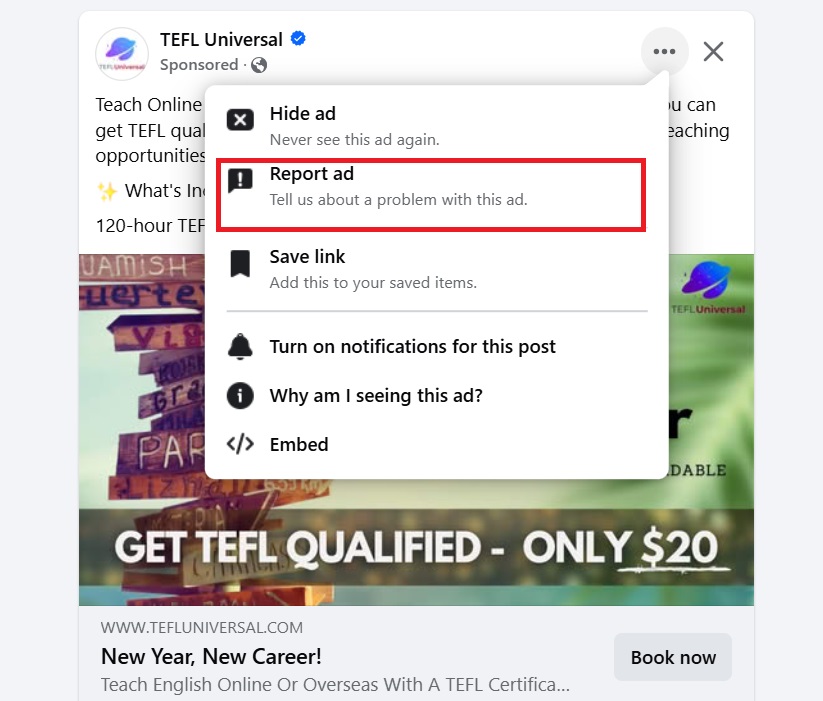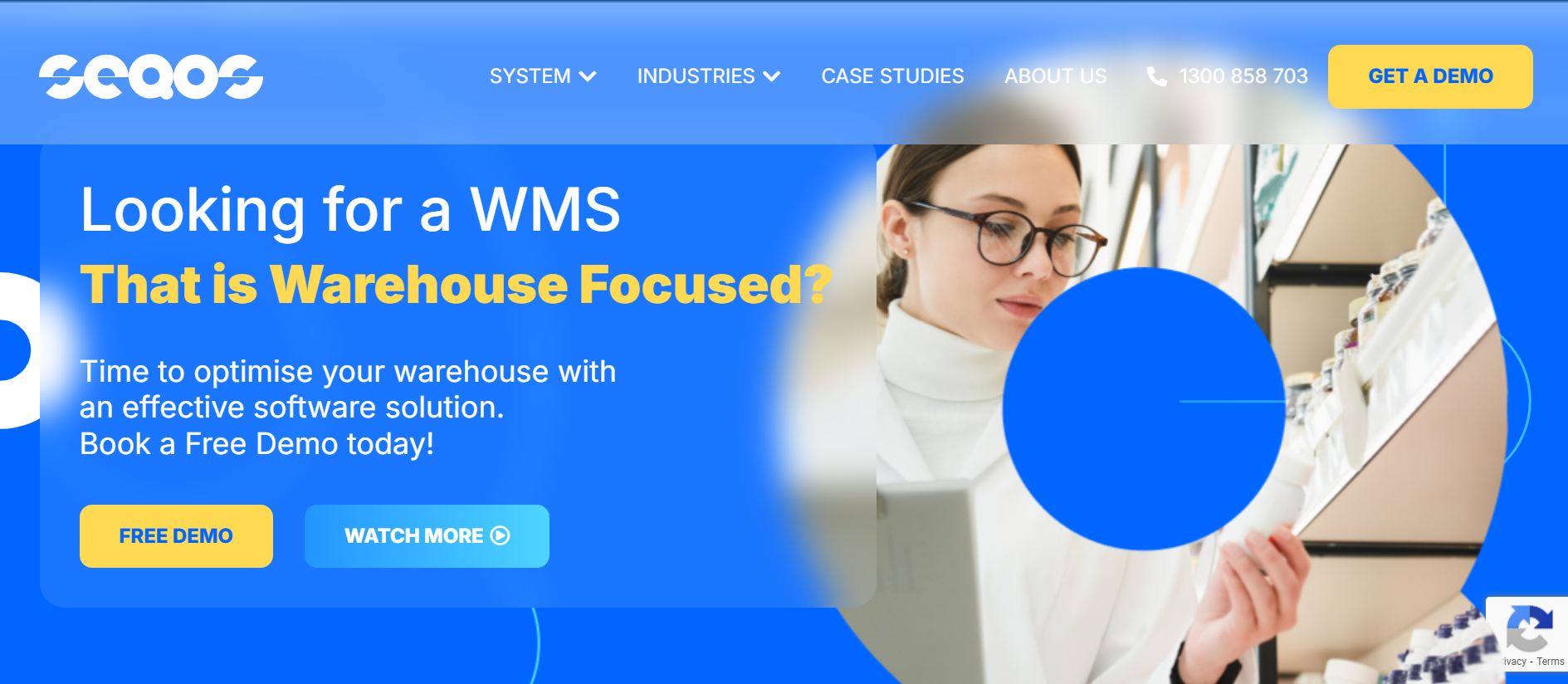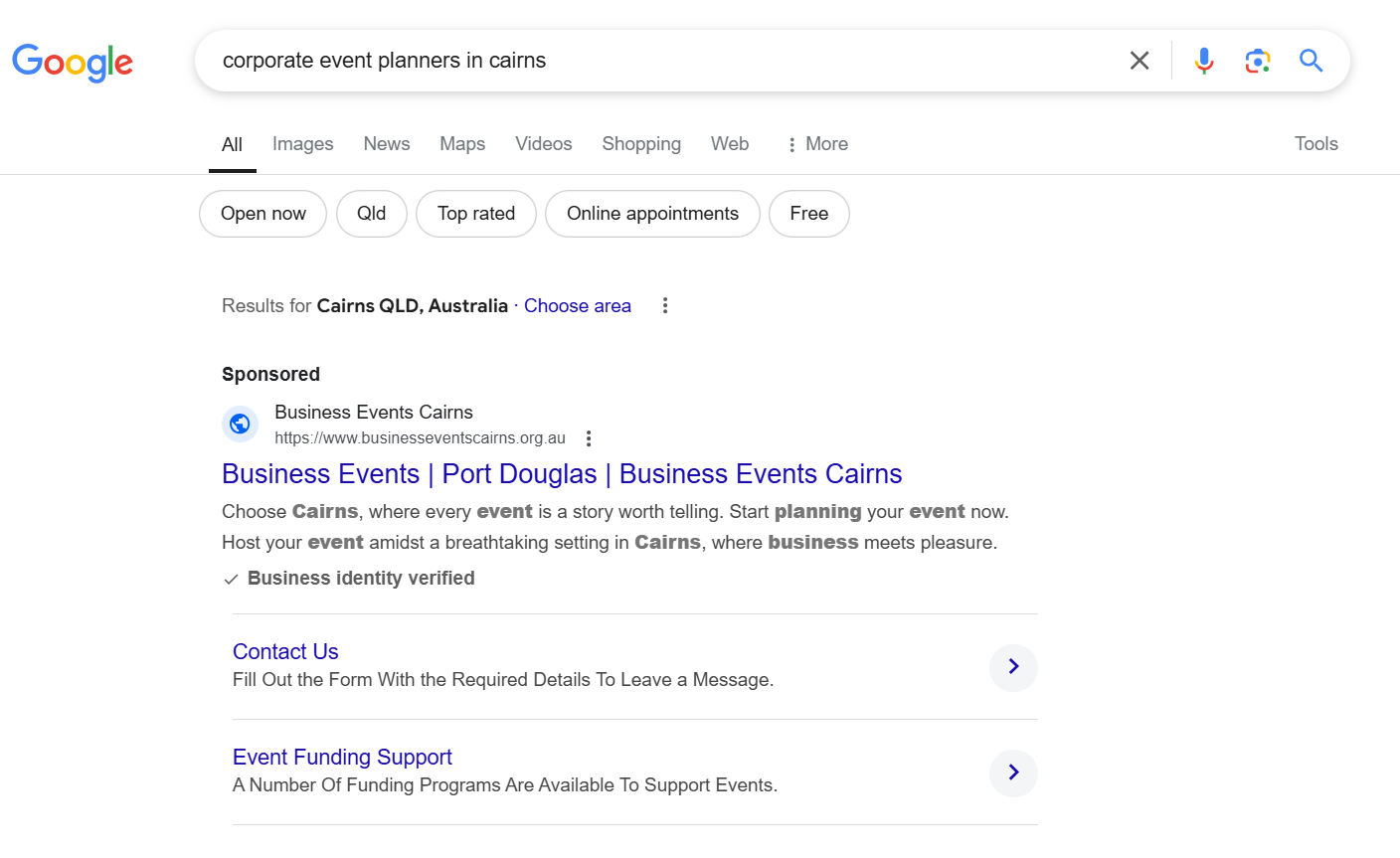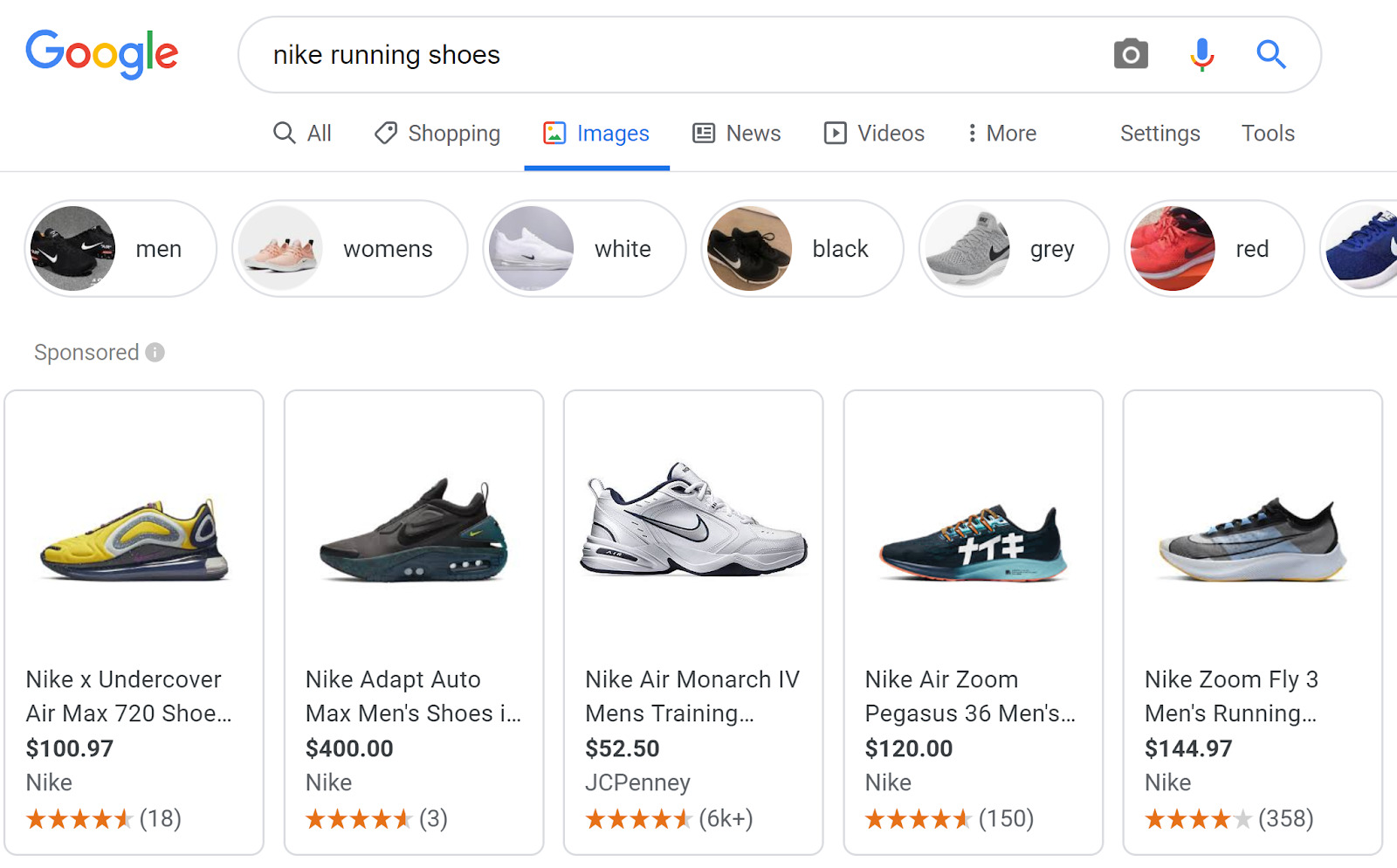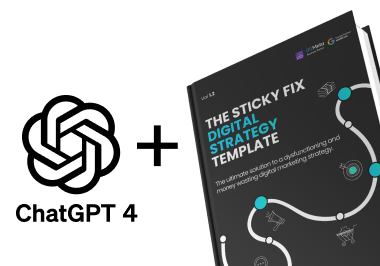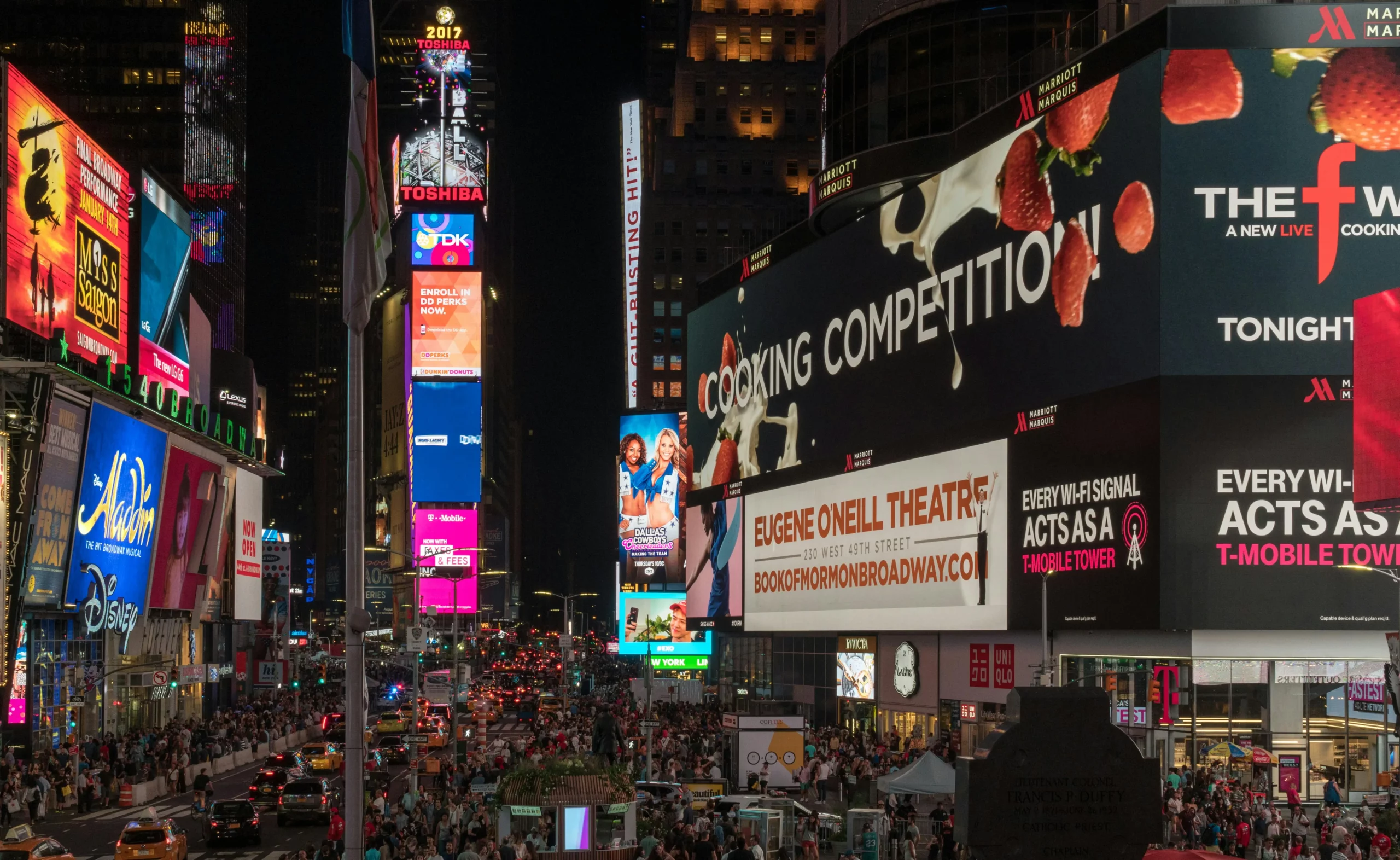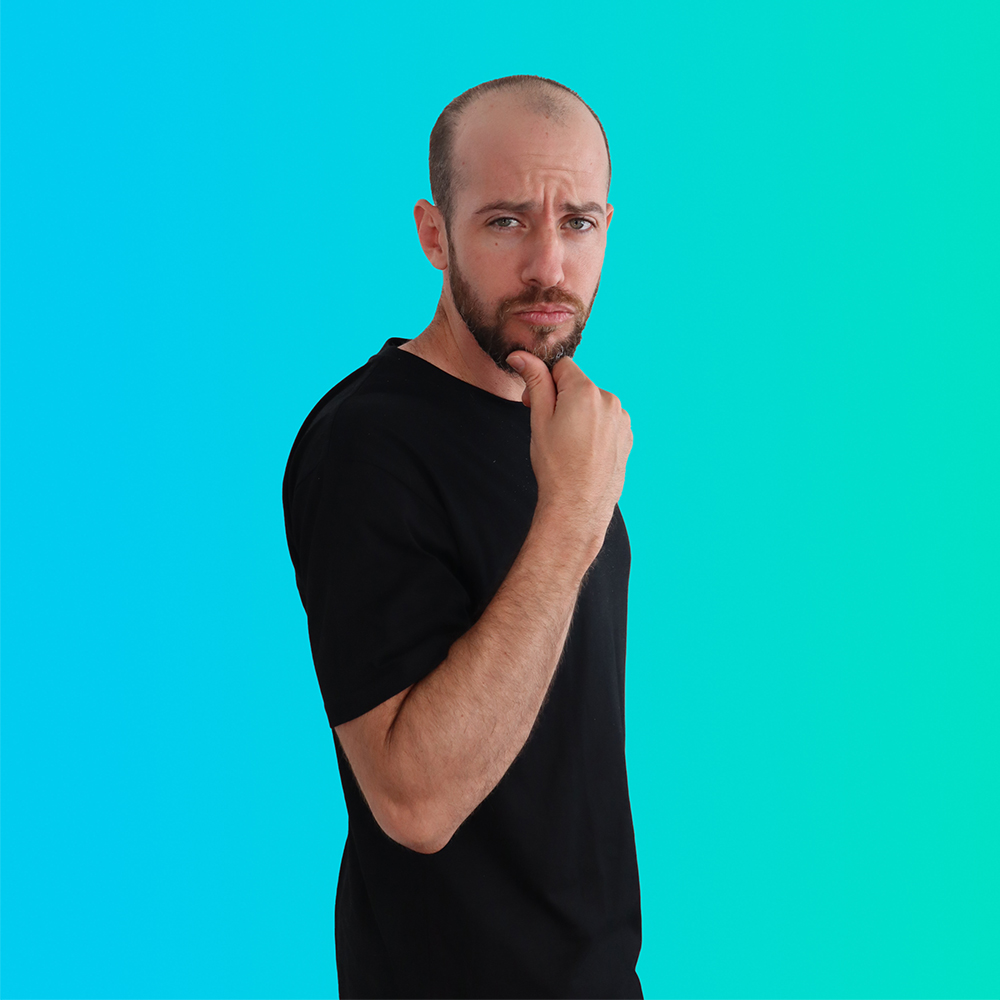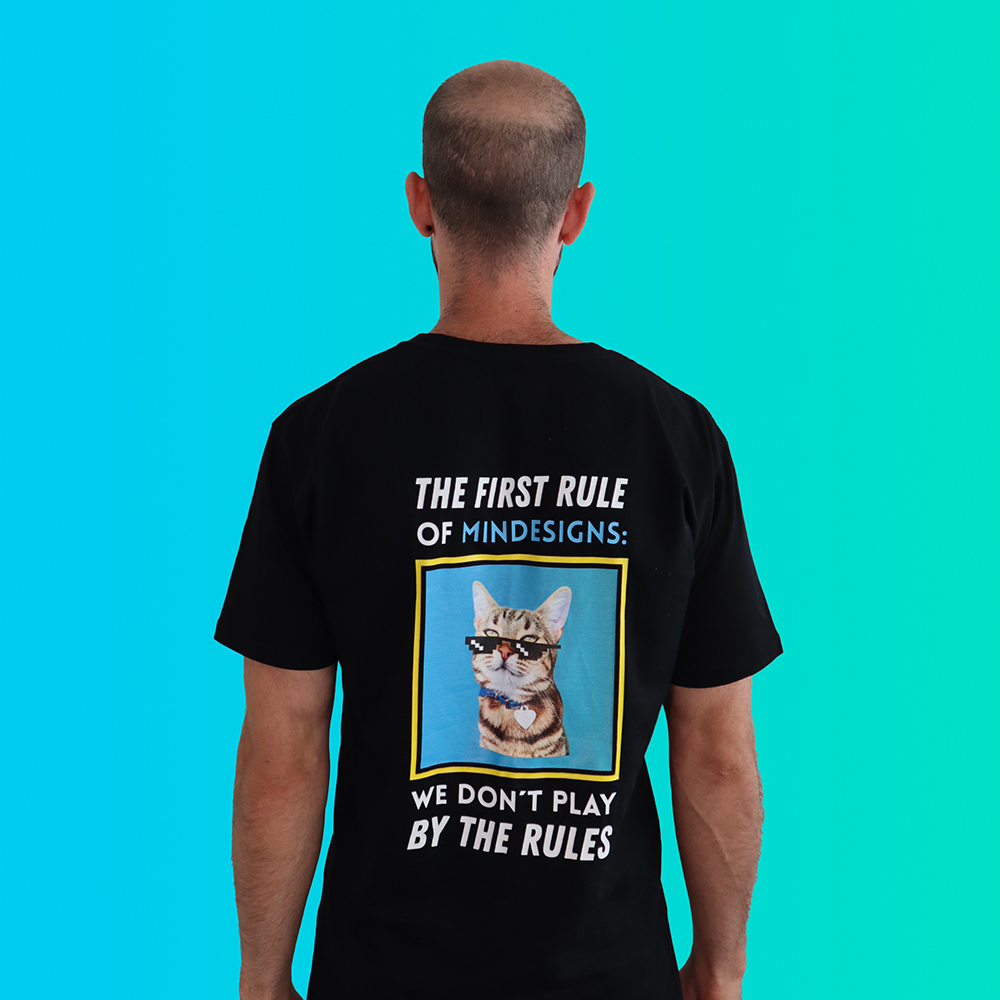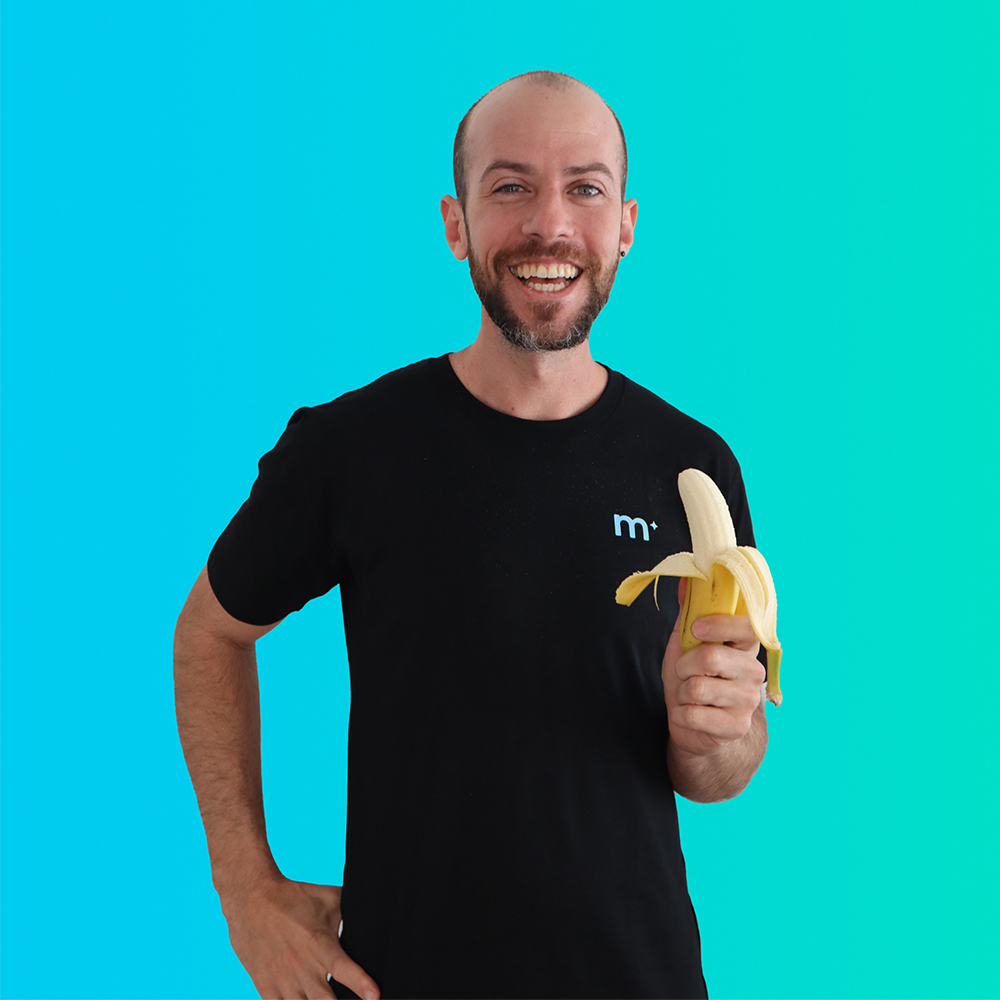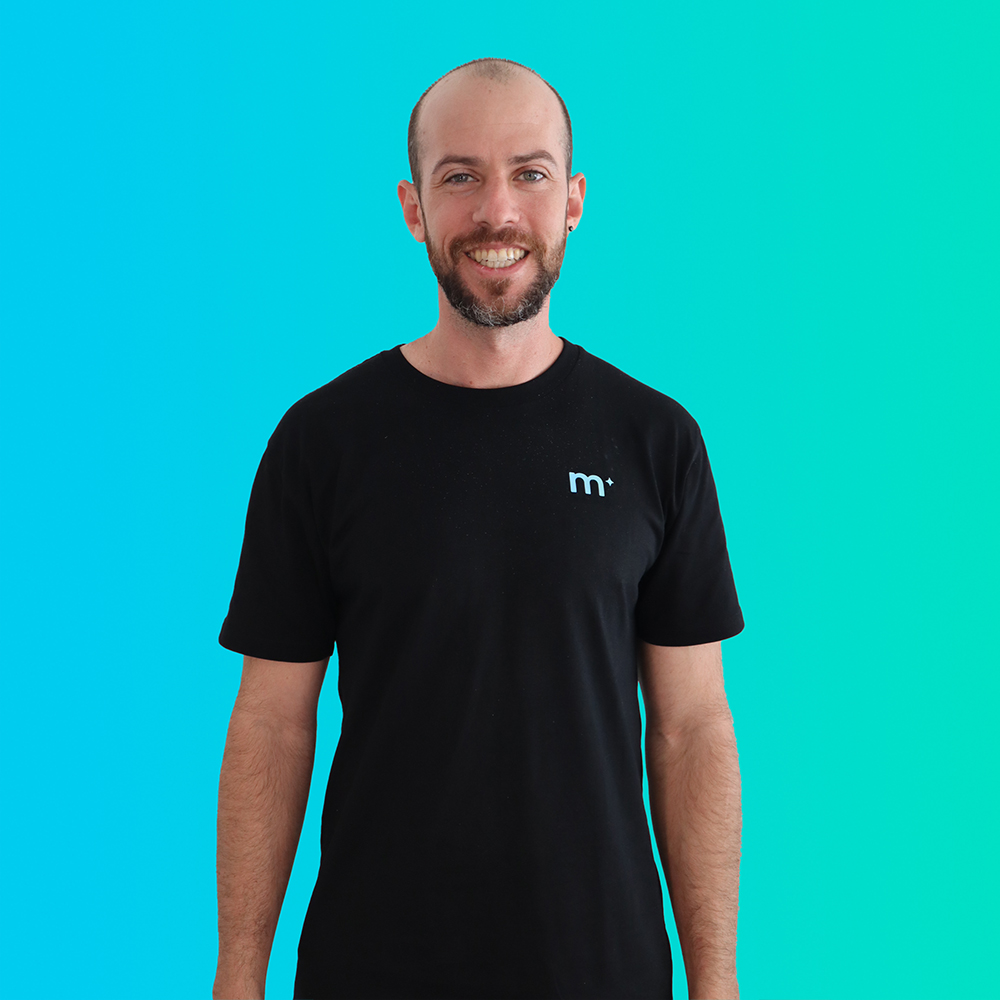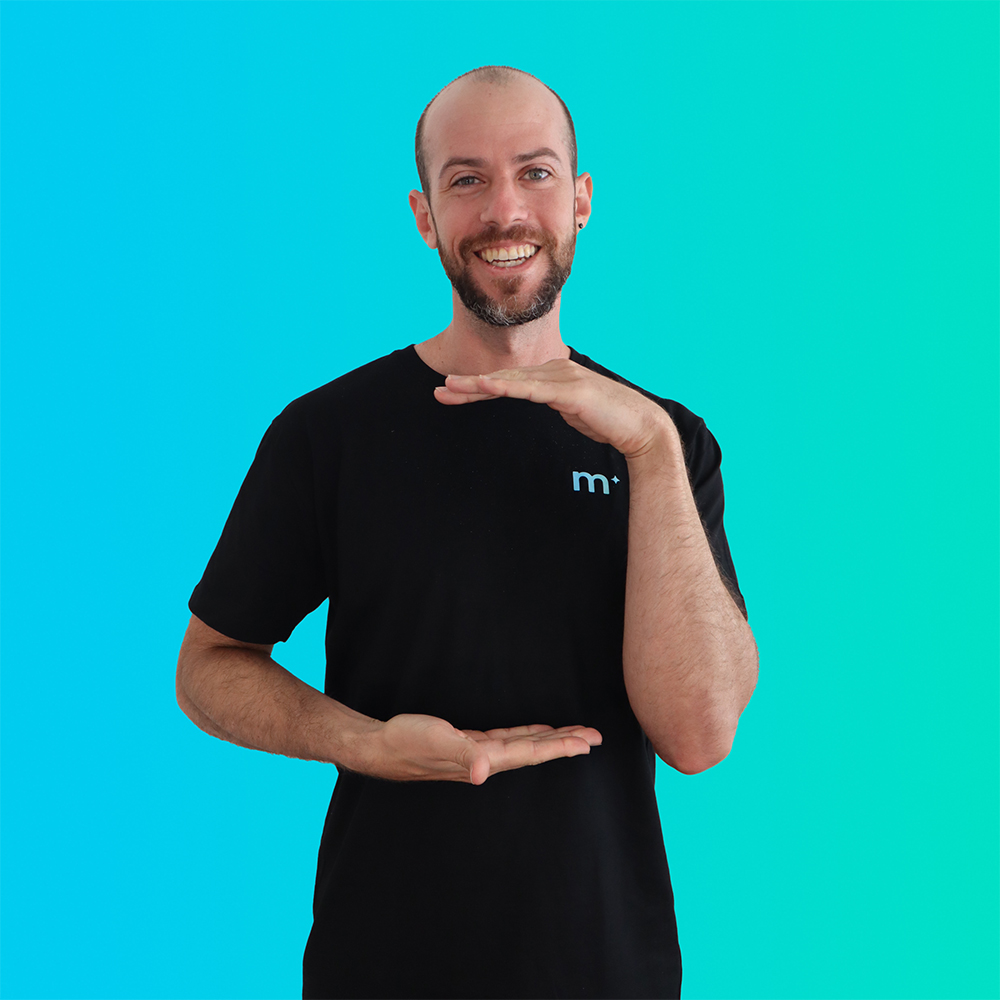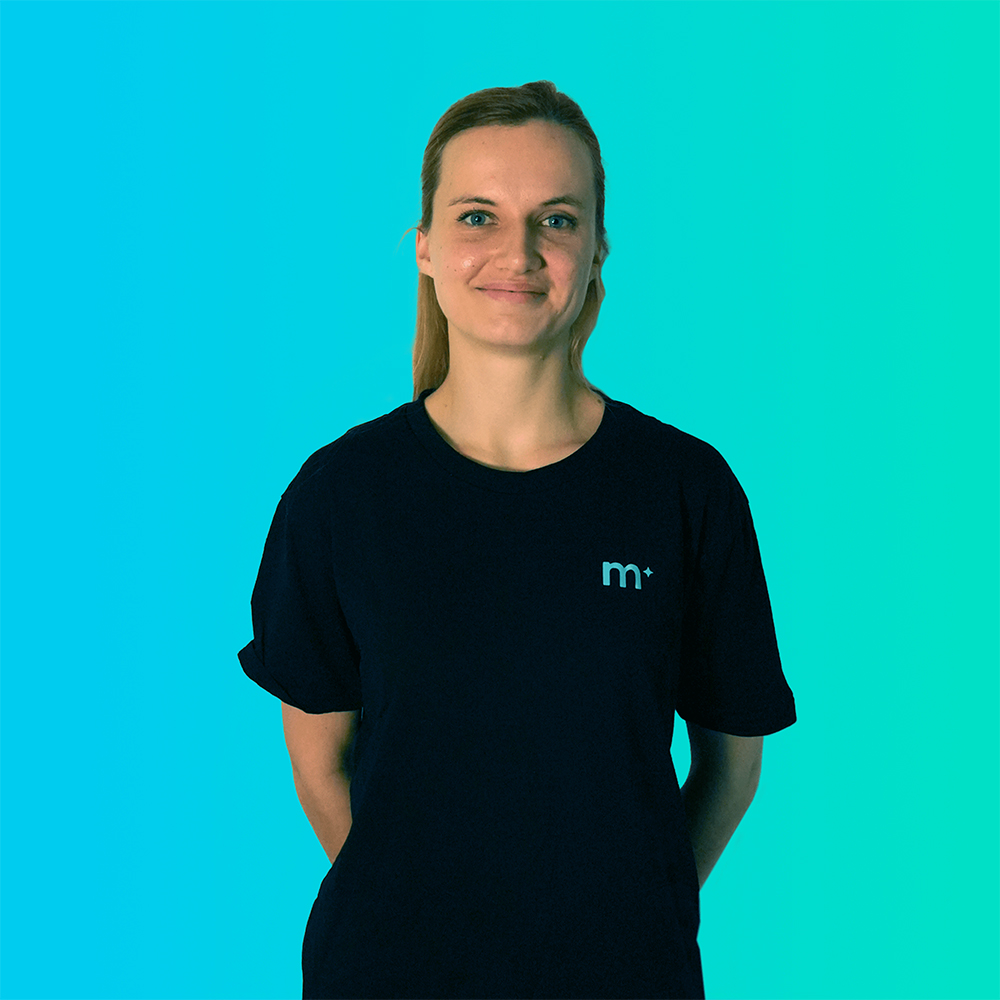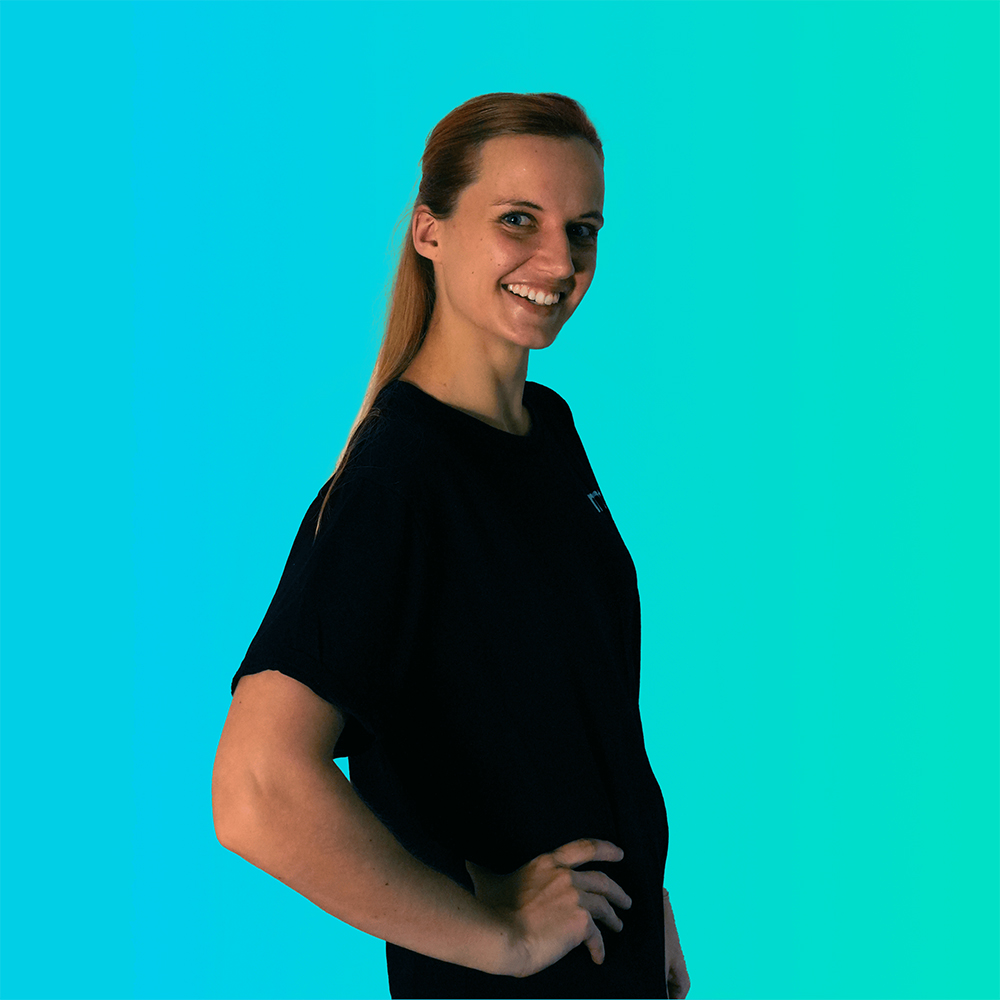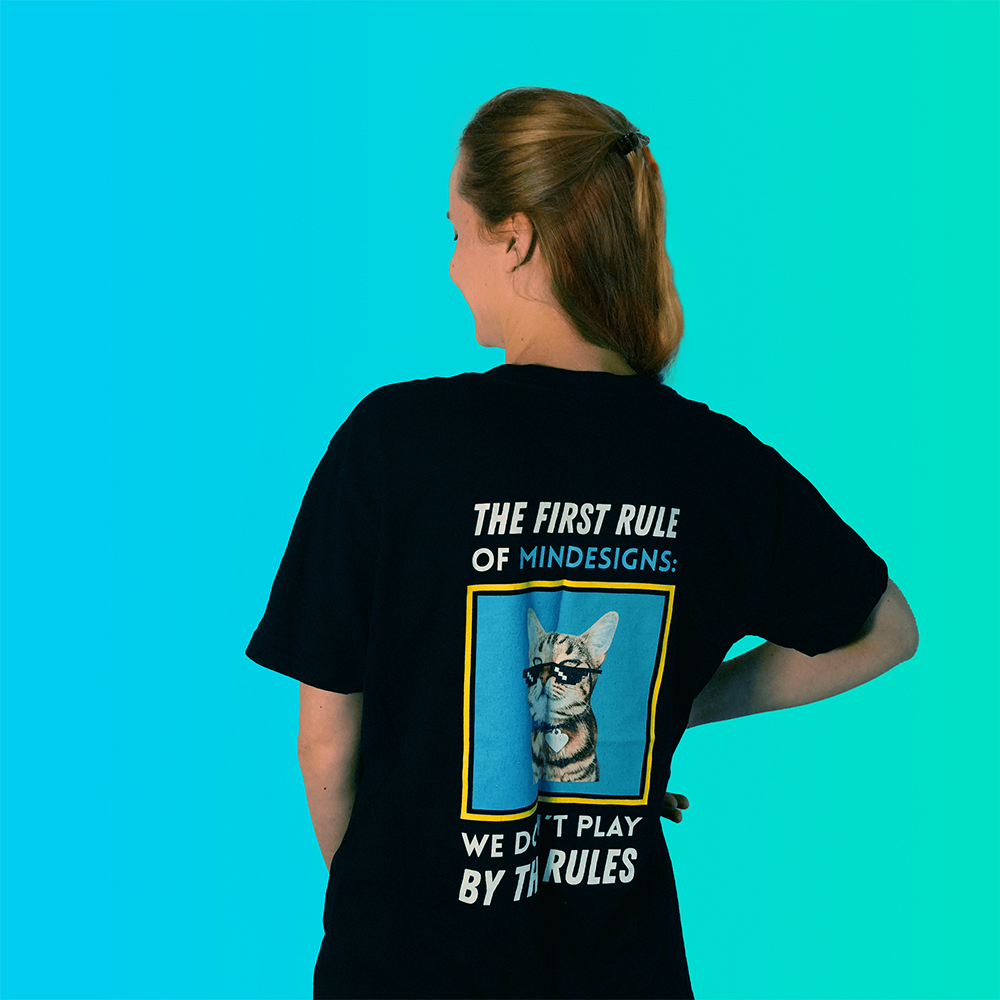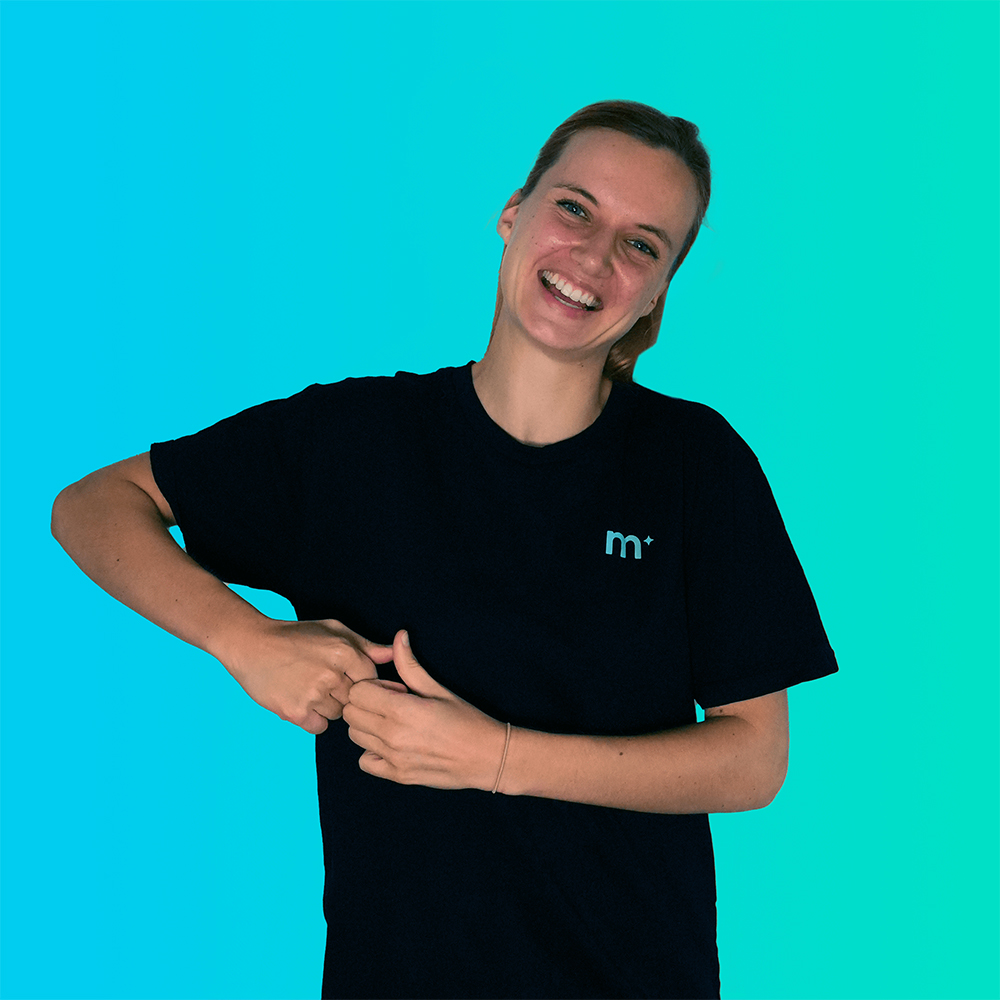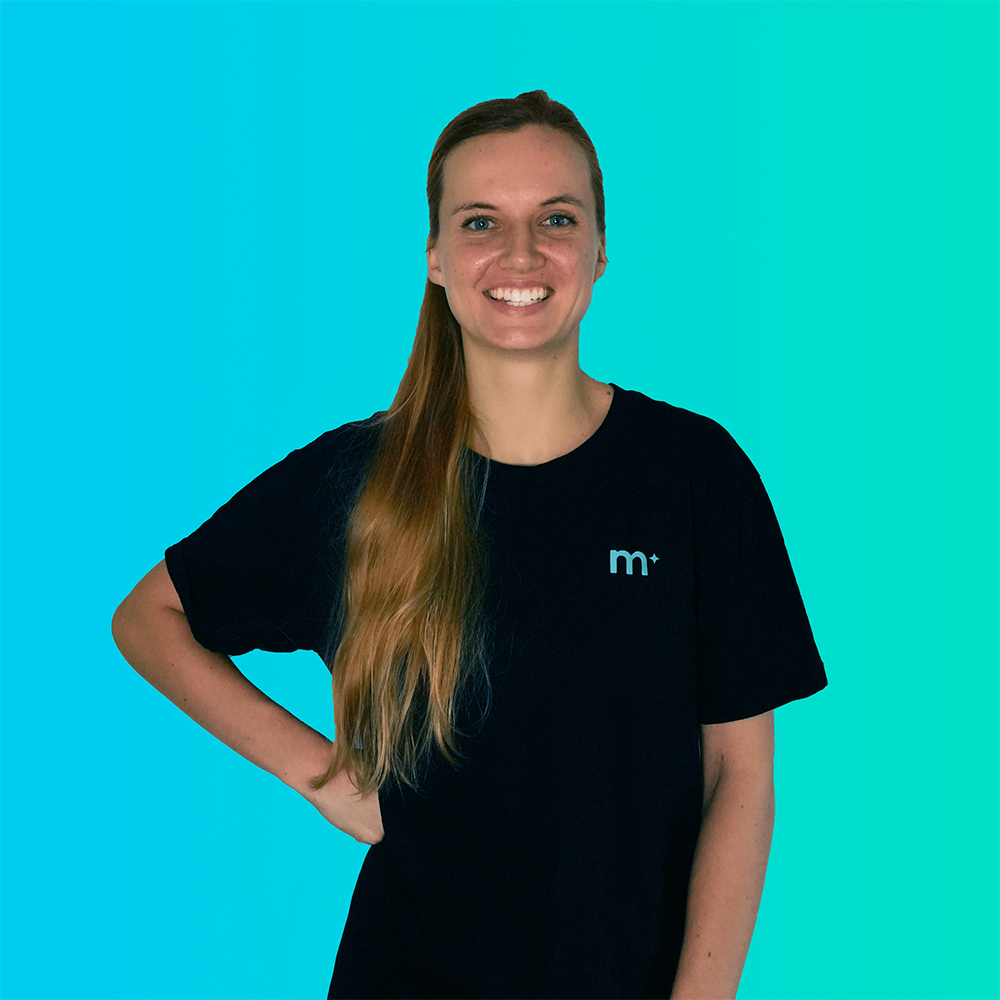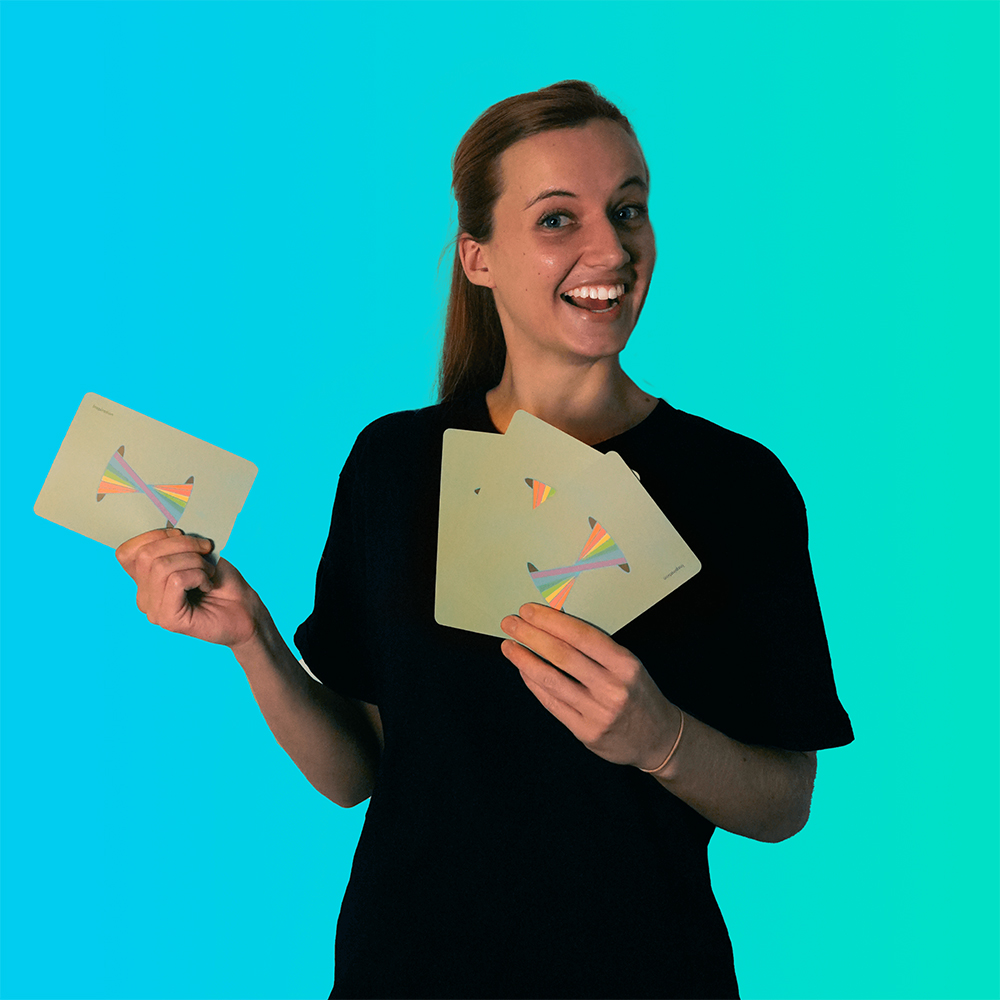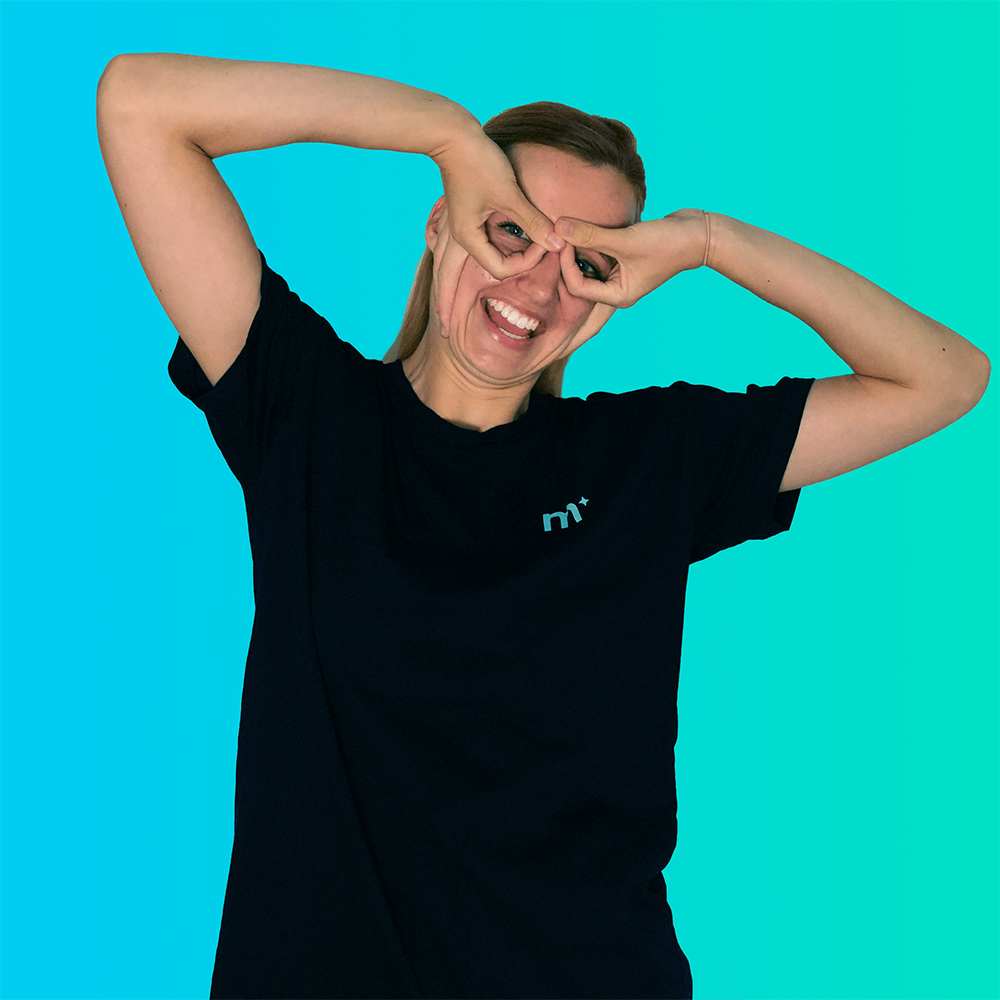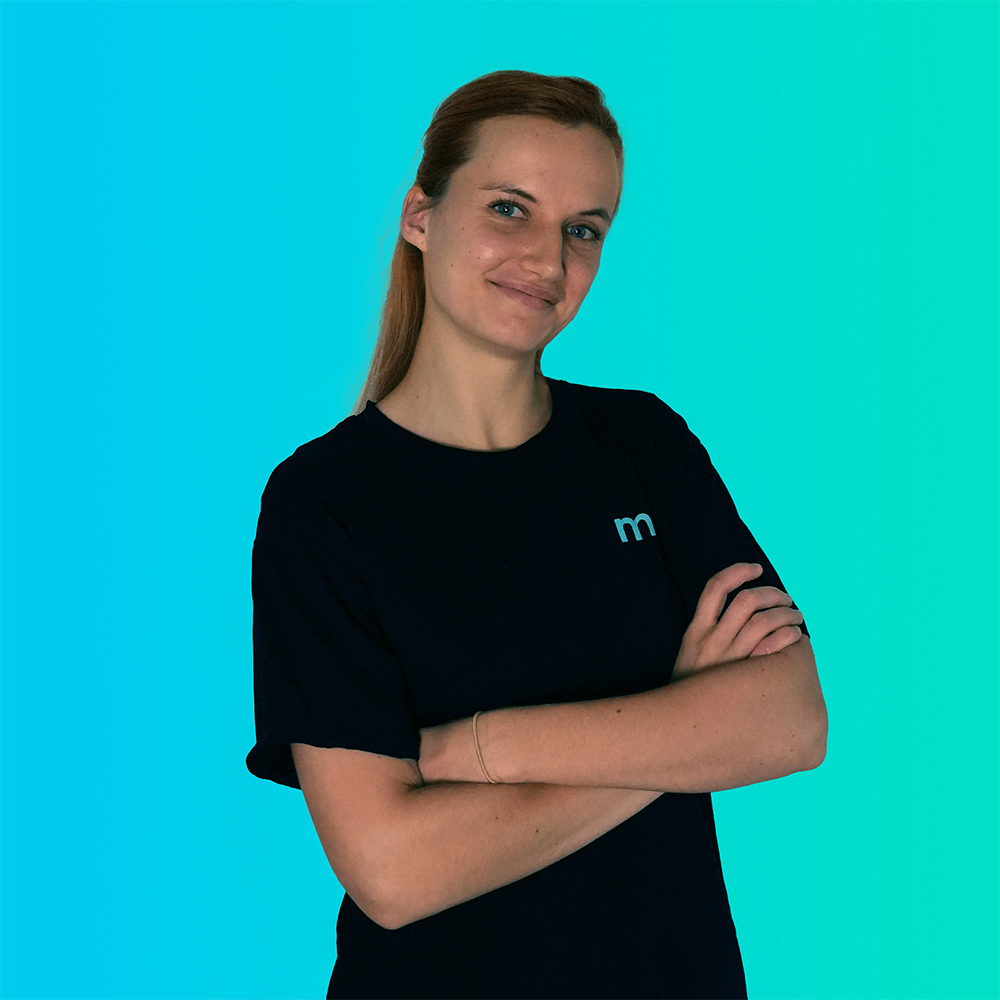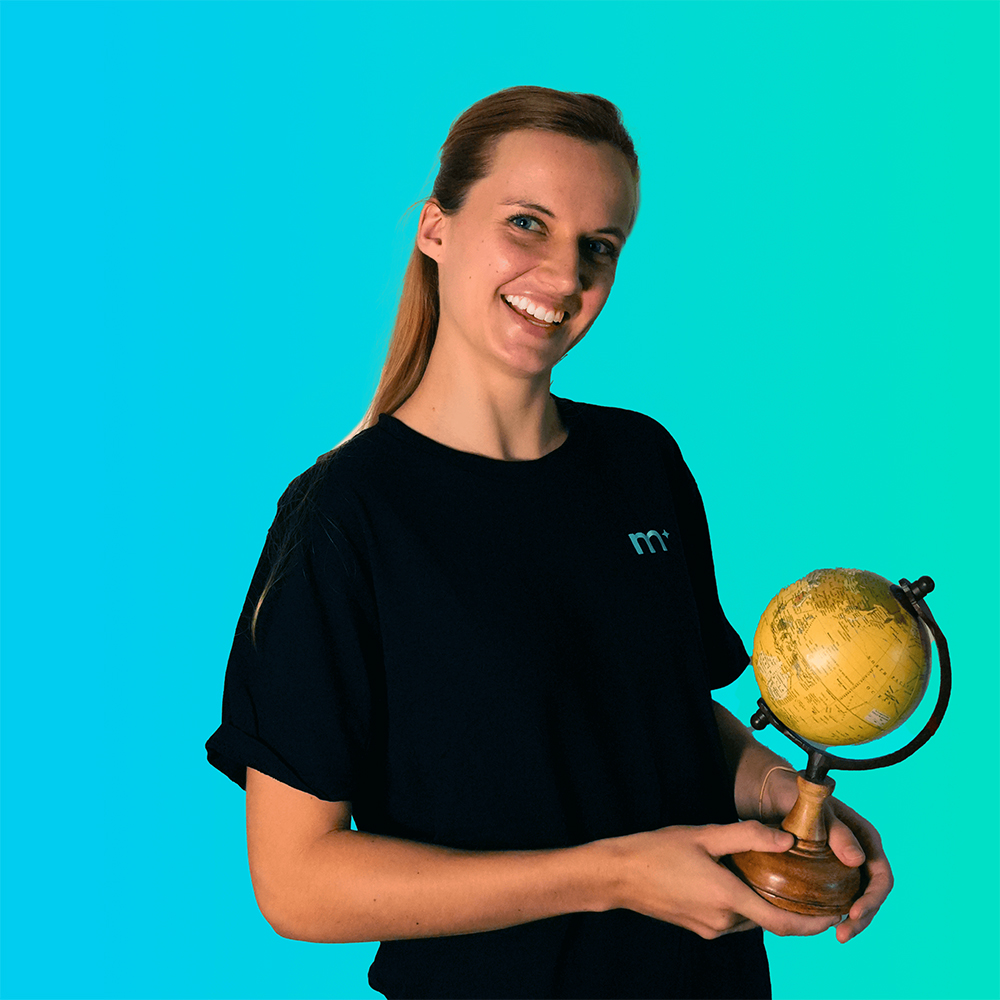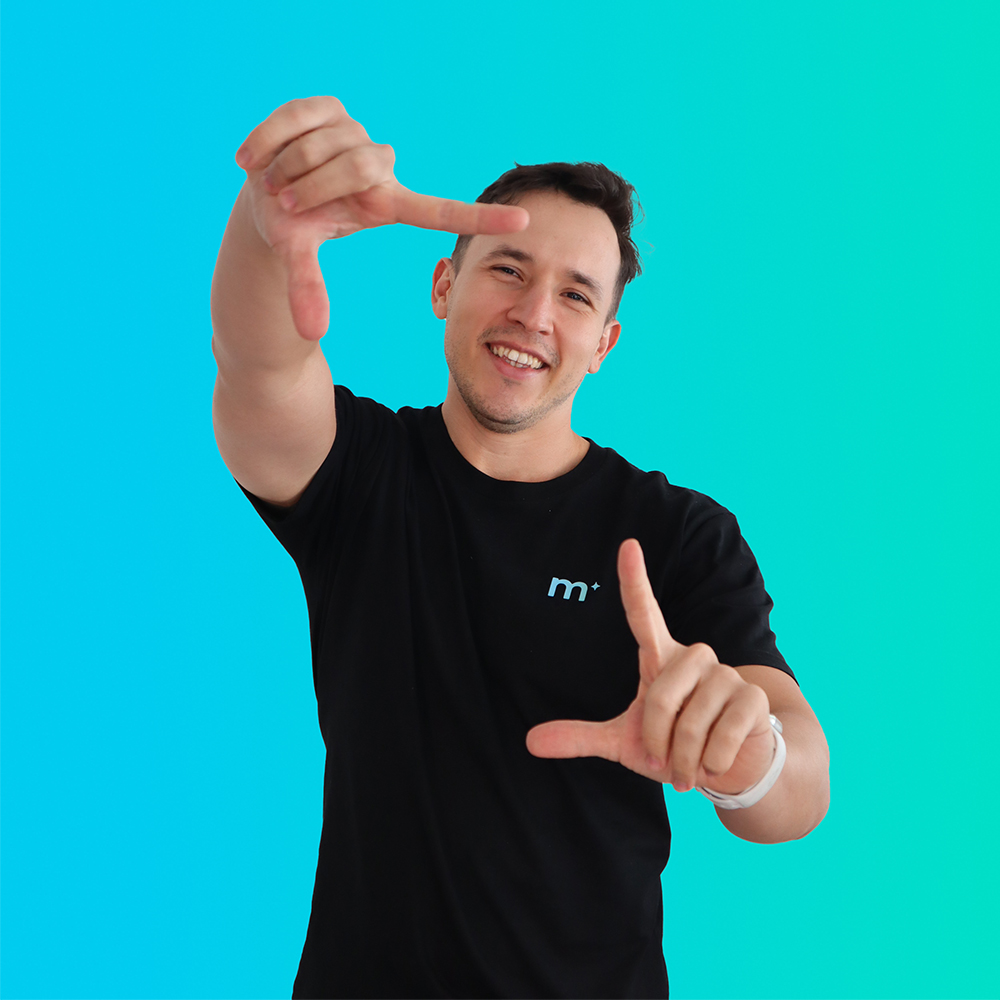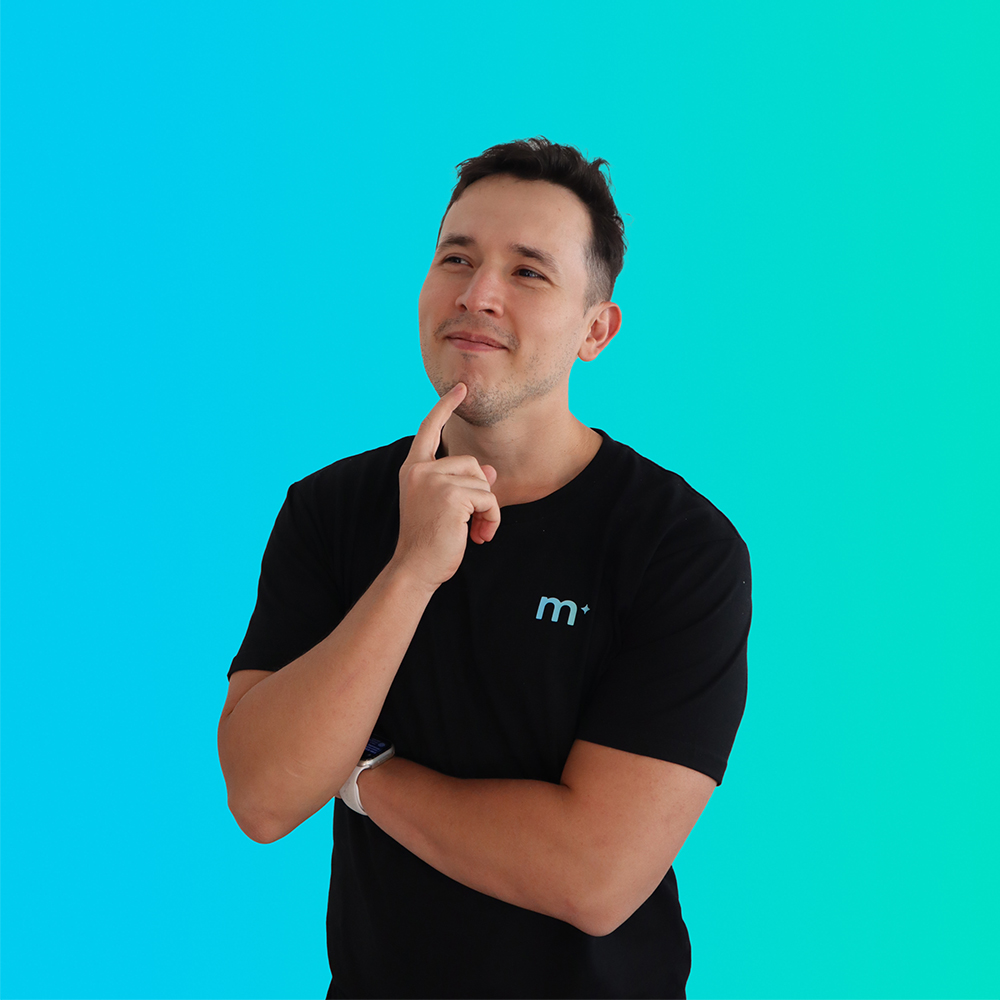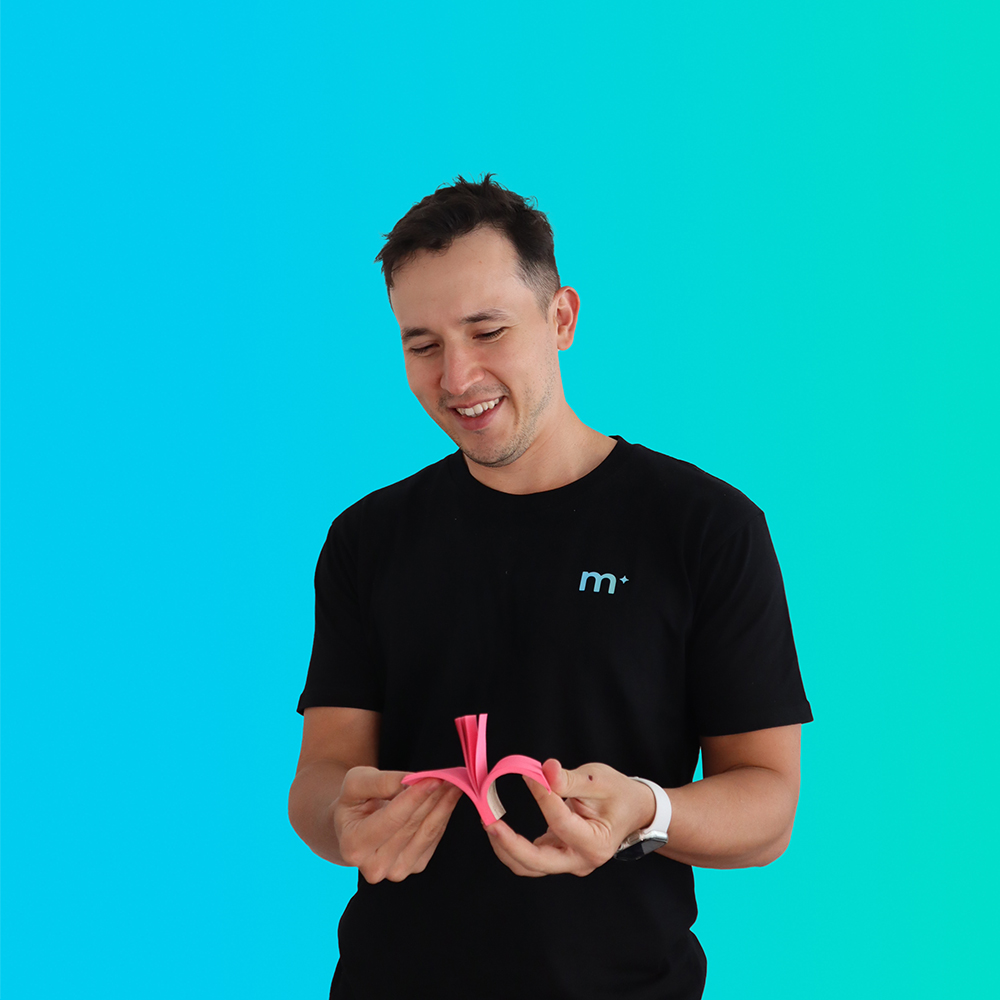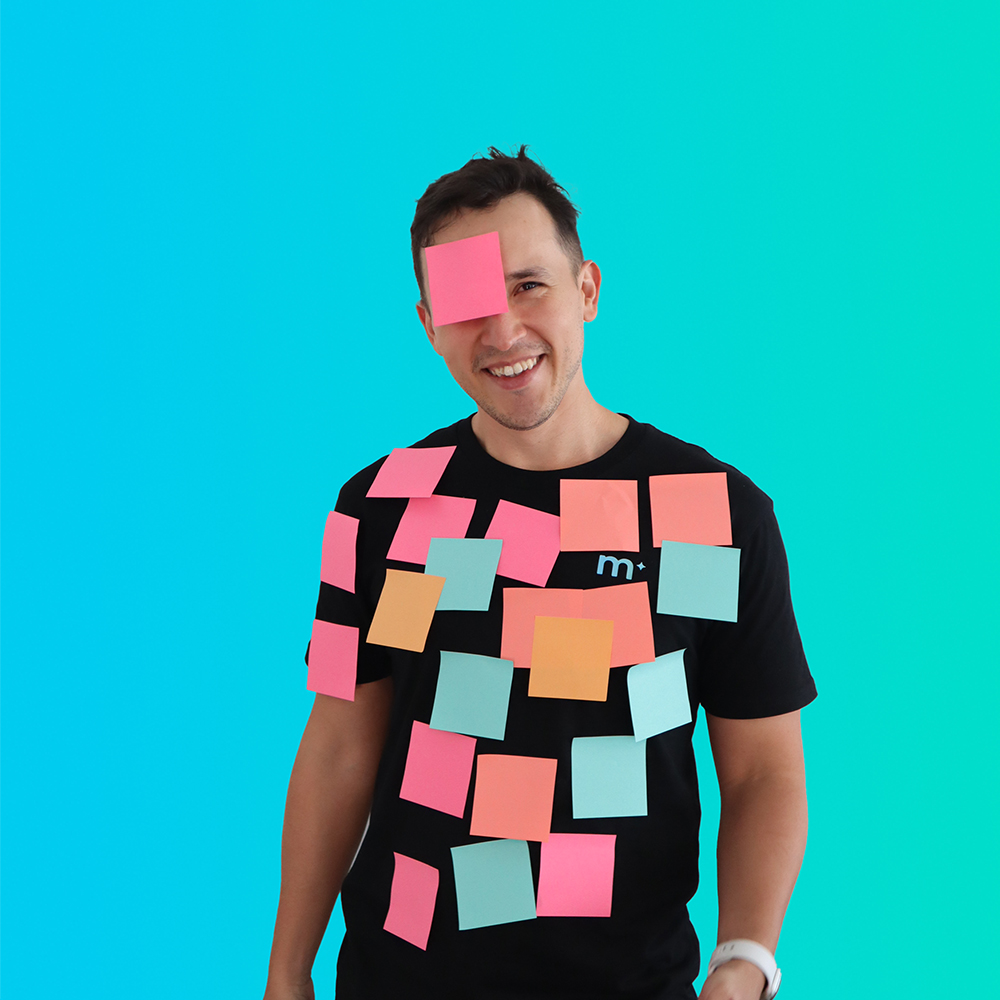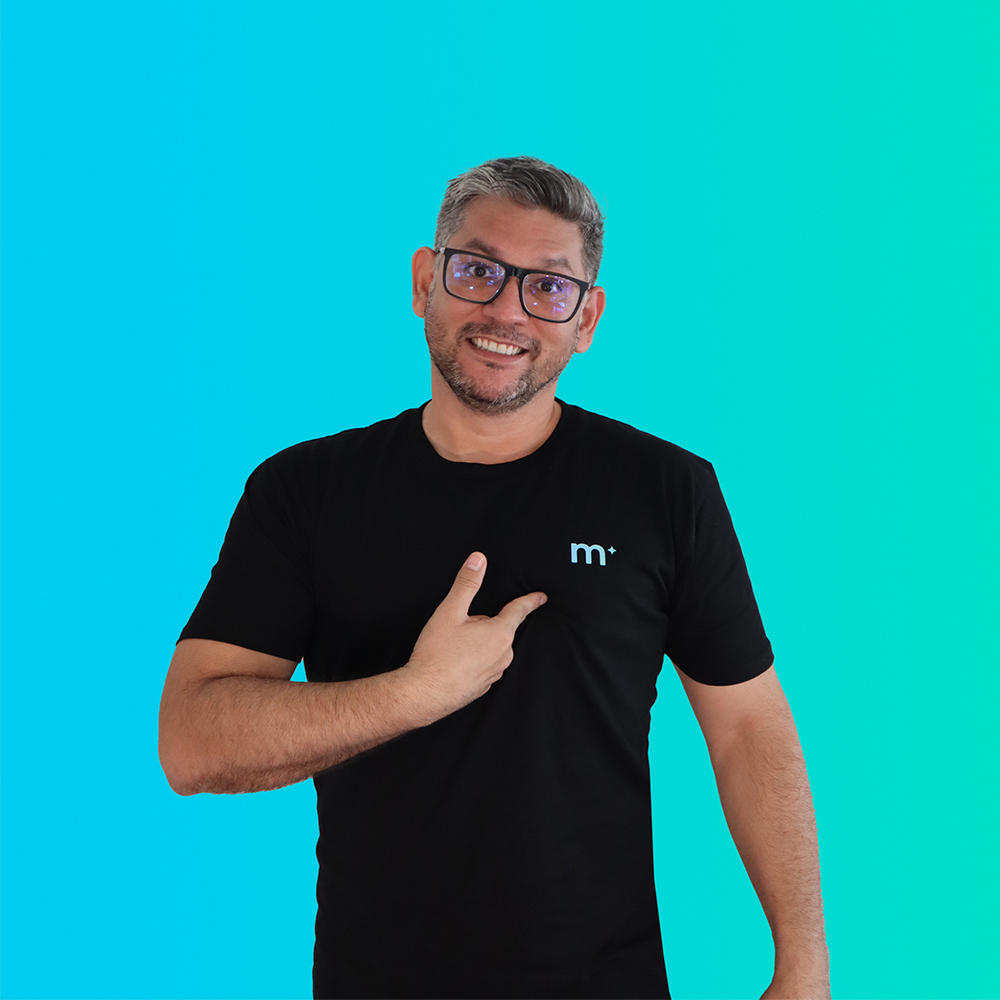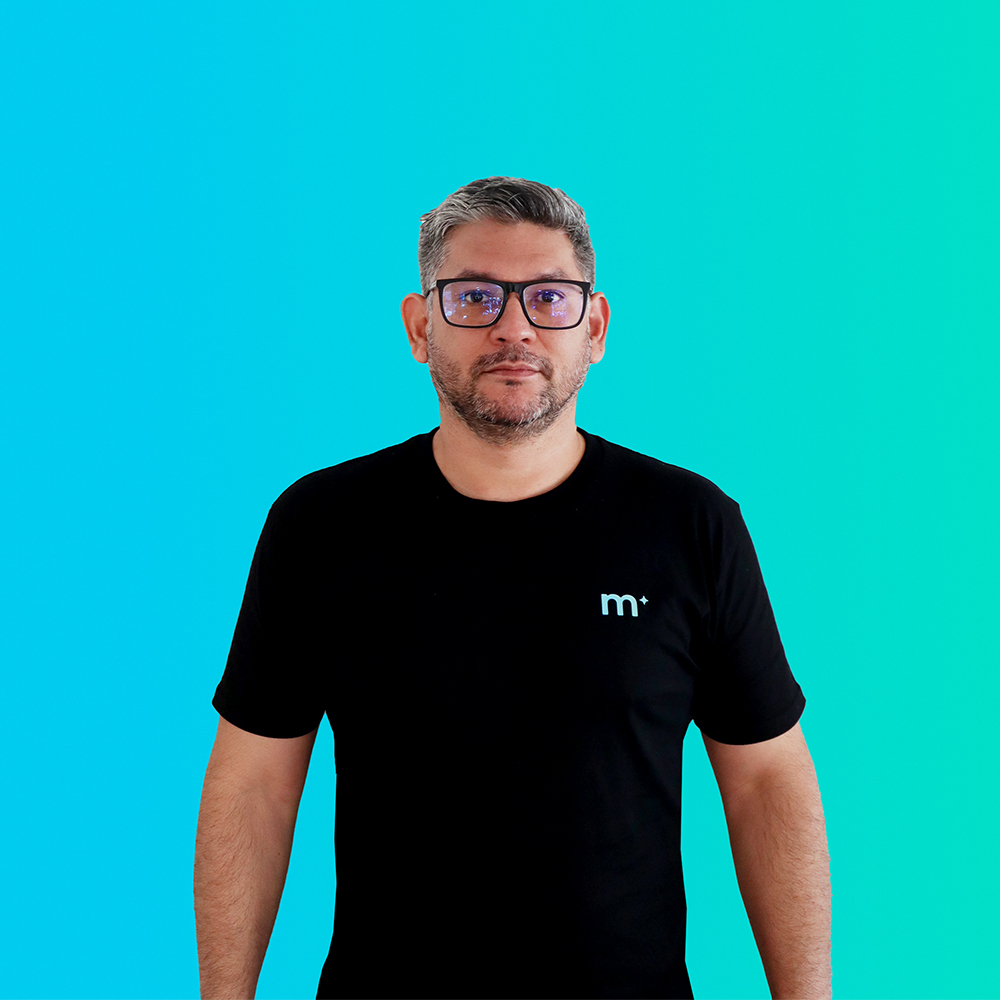Why Paid Advertising Matters
Picture this: You’re the CEO of a small retail manufacturing company. Your team has poured countless hours into developing an innovative new product line. But as launch day approaches, you notice a problem. While your SEO search engine dominants and social feeds are not bad, your brand’s visibility seems stuck, and it’s not moving you forward.
What you’re missing in your marketing strategy is paid advertising.
Paid advertising isn’t just about putting money into ads. It’s about connecting your business with people who are already searching for what you offer. Finding creative ways to directly get an ROI on your ad costs, offering a level of precision that traditional marketing channels can’t match.
Think about traditional advertising. A TV spot might reach thousands, but how many of them care about what you’re selling? A newspaper ad might catch a few eyes, but it’s impossible to know who’s reading it. Paid advertising flips the script. It allows you to target the ideal buyer and deliver a better ROI for each dollar you spend.
Core Benefits of Paid Advertising
Before diving into the specifics, let’s take a moment to understand why paid advertising is a game-changer for large enterprises.
Scalable results
One of the best parts about paid advertising is you don’t need to take a massive gamble to see if it works. You can start small, test ad campaigns that target different demographics, and scale up once you identify what works. For example, you might begin with a low-budget campaign. As the clicks roll in, you discover that only one of your audience targeting variations actually gets results. At this point, you uncover what offer and hook work best and can decide to increase your budget and test if these results are scalable.
Measurable impact
Gone are the days of guessing how well your ads are performing. With paid advertising, every click is tracked. Analytics and reporting tools provide a clear picture of what’s working and what is not, helping you better decide which ad setting and creative need to be modified. Say goodbye to vague metrics like “estimated reach” and hello to actionable data that can help you optimise returns with more confidence.
Disadvantages of Paid Advertising
No strategy is without its challenges, though. Addressing the potential drawbacks of paid advertising can help you make better decisions.
Forever rising costs
Paid advertising delivers results. However, your ad costs reflect the value of achieving high profits. Competitive industries, like finance or real estate, often face continuously rising advertising prices as the landscape becomes more competitive. Let’s not also forget inflation.
The costs of paid advertising are continuously rising, which can pose significant challenges for businesses, as they need to plan and adjust their own product/service costs continuously. Without proper budget management, profits can spiral quickly.
Learning curve
Mastering paid advertising platforms takes time and expertise. Missteps like targeting the wrong audience or setting incorrect bids can lead to wasted resources. This is why hiring an experienced digital marketer is essential for businesses.
Ad fatigue
Audiences are bombarded with ads daily. If your campaigns lack creativity or aren’t regularly refreshed, they risk blending into the noise, or worse, irritating potential customers. Ad fatigue can lead to disengagement, where your target audience starts ignoring your messages altogether.
On platforms like Facebook, this challenge can escalate. Users who feel overwhelmed or annoyed by repetitive ads might choose to hide or block them, signalling to the platform that your content isn’t resonating.
Over time, this can impact your ad relevance score, driving up costs and reducing your campaign’s reach. In extreme cases, consistent negative feedback could harm your brand’s reputation.
The solution? Keep your ads fresh, engaging, and aligned with your audience’s needs. Regularly rotate creatives, test new formats, and use performance data to refine your approach. By staying dynamic and thoughtful, you’ll not only avoid ad fatigue but also maintain a positive connection with your audience.
How Paid Advertising Works
Paid advertising might seem complex at first, but once you break it down, it’s like learning the rules of a game—it gets more manageable, and the rewards are worth it. Here’s a quick guide to how it works:
Understanding Ad Models
Let’s start with the basics. Paid advertising operates on different models, but two of the most common are PPC (Pay-Per-Click) and CPM (Cost-Per-Mille). Think of PPC as paying for results: you’re charged only when someone clicks on your ad.
On the other hand, CPM is like paying for exposure: You’re charged per thousand views of your ad. This model works wonders for platforms like YouTube. Imagine a global electronics brand launching a cutting-edge laptop. They created a visually stunning 30-second video ad and used YouTube’s CPM model to target tech enthusiasts.
The goal wasn’t immediate sales but creating a buzz around the product. By strategically placing their ad before popular unboxing and review videos, they reached millions of viewers who fit their ideal customer profile.
Choosing between PPC and CPM is typically not a difficult option because the model used highly depends on the type of ad creative you are running. In many cases you dont get a choice of which model to choose. For example, video ads usually use a CPM model as a default, whereas static Google search ads use PPC.
Optimising your approach
Paid advertising is a dynamic process where minor, thoughtful adjustments can transform a struggling campaign into a roaring success. Optimising your ads isn’t just about spending more; it’s about spending smarter.
Use keywords
If you are using keywords to target your audience, like a Google search campaign. Try to use keywords that speak your audience’s language. The one you think they will use to find your product or services. Keywords are the foundation of any successful campaign. If they’re too broad or generic, your ads might reach the wrong people.
For example, imagine you’re a stationery supplier. Targeting “office supplies” might generate a lot of clicks but not necessarily qualified leads. Because it’s a very broad search term. However, switching to something like “printer paper A4 Sydney” narrows your reach to customers who are ready to buy specific items and are local to the area you are targeting.
You should also use negative keywords to avoid wasting ad spend. If you’re selling premium products, exclude keywords like “cheap” or “discount.” This helps ensure your ads reach people who align with your pricing and quality.
Add eye-catching visuals and engaging copy
The visuals and text in your ad are your first impression, so make them count. A compelling image, a vibrant video, or a clever headline can grab attention and drive engagement.
Let’s say you’re running ads for a travel agency. Instead of a generic “Book your dream vacation,” consider something vivid like, “Wake up to paradise—save 20% on Maldives getaways this month!” Pair this with an eye-catching image of a beautiful beach or a quick 5-second video of a luxury resort, and you’re far more likely to capture your audience’s imagination.
Remember, people scroll quickly, so your ad needs to stop them in their tracks. The first few seconds of your ad need to be engaging and eye-catching. Test different visuals and headlines to see what resonates.
Focus on the landing page experience
Your ad is only half the battle; the landing page is where conversions happen. If your ad promises “free shipping,” but the landing page doesn’t highlight it, you risk losing trust and customers.
This is why you must ensure that your landing page matches the ad’s message and visuals, loads quickly on both desktop and mobile, and has a clear and compelling call to action. Social proof, such as customer reviews or testimonials, on your landing page has also been proven to improve on-page conversions.
Imagine you’re a software company offering a free demo. If your ad leads to a generic homepage instead of a dedicated demo request landing page with a clear call to action that complements the ad offer, you’re creating unnecessary confusion and friction. The goal is to streamline the user experience from ad to final purchase to make it easy for potential leads to become customers.
Types of Paid Advertising and Their Applications
Search advertising
Search advertising, most commonly known through platforms like Google Ads, is perfect for businesses looking to reach users with high purchase intent. These ads appear when someone actively searches for something related to your business—like “digital marketing agencies in Cairns” or “best CRM software for small businesses.”
Let’s say you’re a mid-sized event management company. By bidding on keywords like “corporate event planners,” your ad appears at the top of search results, right when potential clients are ready to act. This means you’re connecting with people who are not just browsing—they’re looking for what you offer, right now.
Social media advertising
Social media platforms like Facebook, Instagram, LinkedIn, TikTok, and YouTube offer unparalleled opportunities to connect with your audience on a personal level.
Imagine you’re a SaaS company launching a new productivity tool. On LinkedIn, you can create an ad campaign targeting HR managers and team leaders in specific industries. On Instagram or TikTok, you could share short, engaging videos demonstrating how your tool saves time and boosts collaboration. On YouTube, you can showcase your product with detailed video content. Each platform lets you tailor your approach, depending on how you see it fit.
Display advertising
Display ads are the digital equivalent of billboards, designed to boost brand awareness. These are the banner ads you see on website designs, typically managed through networks like Google Display Network.
For example, a luxury furniture brand might use display ads featuring stunning visuals of its latest collection. By targeting users who’ve visited home design websites, the brand stays top of mind for potential buyers.
Display advertising works best when combined with remarketing, gently nudging users who’ve interacted with your brand to come back and take the next step.
Shopping ads
If you’re in the e-commerce space, Shopping Ads through platforms like Google Shopping or Amazon Ads are a game-changer. These ads allow you to display your product image, price, and a direct link to product landing page.
Imagine you own a shoe boutique. A user searching for “premium running shoes” might see a visually appealing Shopping Ad showcasing your product alongside competitors. With one click, they’re directed to your site to complete the purchase. This type of advertising is highly effective for businesses that want to drive conversions directly.
The Future of Paid Advertising
As we wrap up, it’s worth taking a moment to look ahead. The world of paid advertising is constantly evolving, driven by technology, shifting consumer expectations, and global trends. Staying ahead of these changes isn’t just smart—it’s essential for businesses that want to remain competitive and relevant.
AI and automation
Artificial intelligence and automation are transforming the way businesses approach paid advertising. Features like smart bidding on Google Ads and predictive analytics are making it easier to optimise campaigns without constant manual adjustments.
For example, Google Ads’ AI-powered tools, like responsive search ads, use machine learning to automatically create ad copy. The tool tests different headline and description combinations to find the best-performing ones. This allows businesses to deliver more relevant ads with less effort and improve their overall campaign performance.
Interactive ads
The days of static ads are fading. Today’s consumers expect interactive experiences like augmented reality (AR) that lets users “try on” products virtually or gamified ads that turn marketing into entertainment.
For example, a beauty brand might use AR ads on Instagram that allow users to see how a lipstick shade looks on their face. Or a tech company could create a gamified ad where users can “build their dream gadget” for a chance to win discounts. These ads don’t just capture attention; they build memorable, engaging experiences.
Sustainable and ethical advertising
Consumers are increasingly looking for brands that align with their values, and that includes how you advertise. Transparency, inclusivity, and sustainability are no longer just buzzwords, they’re expectations.
For instance, highlighting your company’s commitment to eco-friendly practices in your campaigns can resonate with environmentally conscious audiences. At the same time, ensuring diversity and representation in your ads can foster deeper connections with a broader audience.
Getting Started with Paid Advertising
Paid advertising is a powerful tool, but its success hinges on a thoughtful, strategic approach. From leveraging advanced targeting to embracing future trends, the key is to stay adaptable and focused on your goals.
If this feels overwhelming, don’t worry. You don’t have to navigate this journey alone. Partnering with professionals can take your campaigns to the next level, saving you time while delivering measurable results.
Ready to get started? We specialise in crafting tailored paid advertising strategies that align with your business goals.
Let’s talk about how we can elevate your paid advertising. Contact us today.

